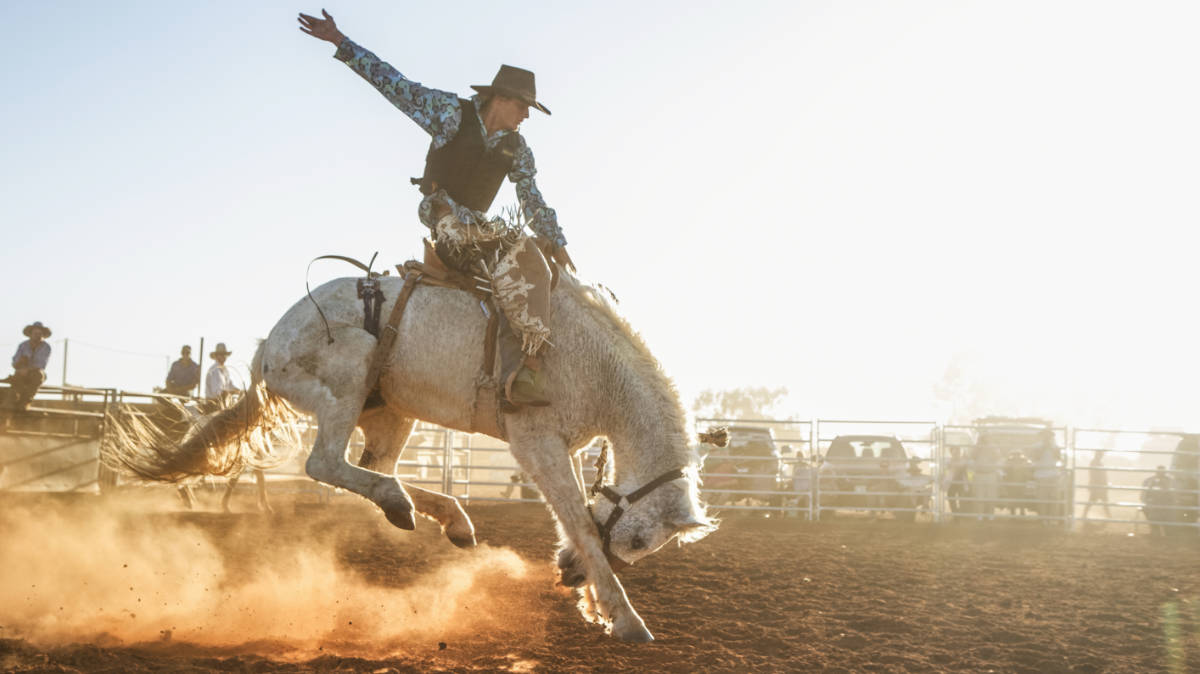From the Outback to the Pentagon: The next projects Canberra could have on its rare earths radar

The Australian outback is becoming a strategic source of rare earths. Pic: Getty Images
- China’s NdPr oxide price has hit $88/kg (632,000 yuan/ton), up from $63/kg in July
- That was largely to due to MP Materials’ decision to stop raw material exports to China
- We take a closer look at some of the major developments taking place in the rare earths space
Prices of two key rare earth elements needed for permanent magnets used in electric vehicles, wind turbines and defence equipment reached their highest in more than two years, after MP Materials slammed the brakes on exports to China.
The April call was framed by America’s only fully integrated rare earth producer as part of a broader strategy to reindustrialise the US rare earth supply chain in response to tariffs imposed by Trump, and came ahead of a major investment in the company by the US Department of Defense which included a US$110/kg floor price on its NdPr oxide product.
It landed right in the middle of China’s clampdown on rare earth exports, magnifying a shockwave that’s now echoing through auto factories and defence departments.
China’s price for NdPr oxide, widely regarded as the industry benchmark, got a major glow-up in the aftermath, leaping to 632,000 yuan per metric or $88/kg from just $63 in early July, marking its highest point in more than a year.
The positive price environment for rare earths is expected to improve investment prospects for mining projects outside China, as the West works to reduce its dependence on Beijing.
Australia is now exploring similar measures to the US, with Resources Minister Madeleine King confirming that a floor price mechanism is being actively considered within the framework of the critical minerals strategic reserve.
Victory Metals (ASX:VTM) managing director Brendan Clark told Stockhead he expects Australia to follow, considering the fundamentals for rare earths are only going to get stronger.
“There’s already whispers out of DC that a similar scenario could be in play for the more critical rare earths including dysprosium and terbium that play a key role in defence applications and provide magnets with properties to operate under extreme temperatures,” he said.
“When governments start engaging in these ways, it really demonstrates how important rare earths are.”
The Aussie rare earths landscape
That sentiment reflects broader developments across the rare earths sector including in Australia where big companies like Lynas (ASX:LYC) and Iluka Resources (ASX:ILU) are making significant strides in building out non-Chinese supply.
Lynas received $20m in funding from Australia’s Modern Manufacturing Initiative in 2023 to process apatite rich ores at its Mt Weld mine, and could be in line for more support from Canberra’s critical minerals stockpile if purchases to come with an above market floor price.
Nolans project owner Arafura Rare Earths (ASX:ARU) has around $1bn in Australian Government grants and loans including $200m in convertible, unsecured notes from the National Reconstruction Fund.
Iluka, meanwhile, has the most government skin in its game, with ~$1.8bn in low cost loans committed for its under construction Eneabba refinery near Geraldton in WA, Australia’s first separation plant.
And emerging players like Clark’s Victory Metals (ASX:VTM) and Victorian based VHM (ASX:VHM) are making inroads in the current environment as well.
China currently accounts for 90% of global rare earth and magnet processing, prompting governments worldwide to boost domestic refining and mining through targeted funding and incentives.
Despite being among the most advanced rare earths projects in the country, VHM’s Goschen and Victory Metals’ North Stanmore have yet to receive the extent of government support afforded to Lynas and Iluka. And developments at both have set them up for potential assistance as regulators warm to investing in local projects.
Goschen has been granted ‘major project’ status by the Federal Government, with the designation recently extended for another three years, supporting its progress toward a final investment decision and aiming for first production of rare earths and mineral sands by late 2026.
Since listing on the ASX in January 2023, the company has ticked off several key milestones, including securing its primary permit and mining licence, lodging an application for a secondary permit, and signing offtake agreements, all positioning the asset as ‘shovel ready’.
The project has a reserve of 210Mt and a large resource of 892Mt at 3% total heavy minerals, a source of both mineral sands, and monazite and xenotime hosted rare earths.
An $8.6m capital raise, carried out during the June quarter, will be spent towards early engineering and de-risking activities ahead of development kick off in the December quarter of an initial 1.5Mt per annum operation using a modular plant.
That will expand to 5Mtpa two years later with pre-production costs for Stage one forecast at $160m.
Stage one is expected to produce 4300 tonnes per annum of rare earth mineral concentrate and 69,000tpa of zircon/titania heavy mineral concentrate at operating costs of $86m per year.
As well as a three-year supply agreement with Japanese trading house Mitsui beginning from the start of production for 40% of the Goschen’s heavy mineral concentrate (HMC), an MoU with Queensland-based Currumbin Minerals has been signed for the supply and delivery of zircon-titania heavy mineral concentrate.
Victory Metals gains funding momentum at North Stanmore
Over in WA, 6km north of Cue, Victory Metals’ North Stanmore project is also quietly moving along the development pathway, recently locking in a $11.5m institutional placement to support targeted drilling of heavy rare earth zones grading up to 83% HREO/TREO.
In April, the explorer secured a letter of interest from the Export-Import Bank of the US for up to US$190m ($292m) to support project development with an indicative repayment term of 15 years.
That was followed by a US$10m loan facility from Saudi Arabia’s Sanabil Investments in June and a $250,000 grant from the Minerals Research Institute of Western Australia (MRIWA) earlier this month.
Victory added 4788t of gallium oxide to its resource estimate at the beginning of the year, which now stands at 247.5M dry metric tonnes at 520ppm total rare earth oxide plus gallium oxide at 26ppm.
Throwing gallium into the mix gives the company yet another shiny badge on its critical minerals sash, nudging it closer to being a go-to metals supplier in the West.
The company has produced a 94% TREO mixed rare earth oxide from North Stanmore’s clay-hosted system, which MD Brendan Clark said is a first in Australia and sets a new benchmark for the whole sector.
At Stockhead we tell it like it is. While VHM and Victory Metals are Stockhead advertisers, they did not sponsor this article.
Related Topics

UNLOCK INSIGHTS
Discover the untold stories of emerging ASX stocks.
Daily news and expert analysis, it's free to subscribe.
By proceeding, you confirm you understand that we handle personal information in accordance with our Privacy Policy.








